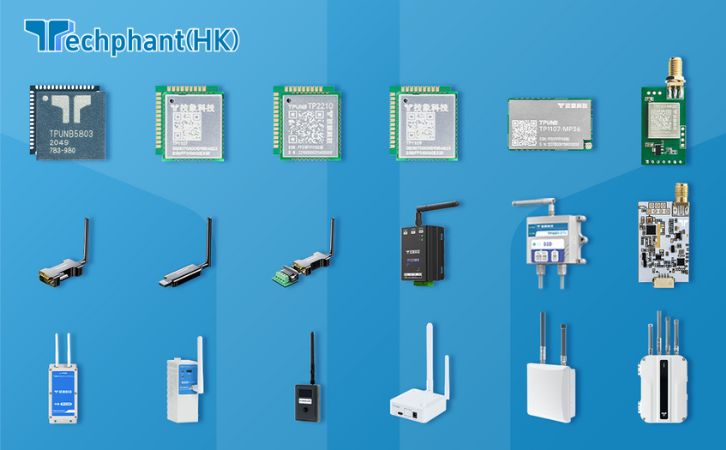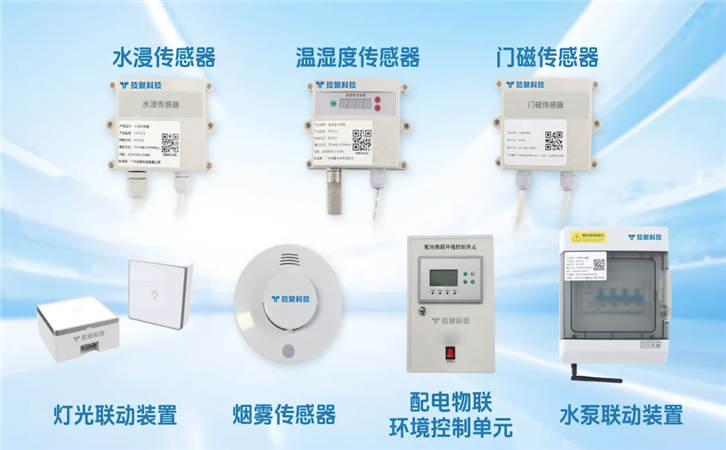The Industrial Internet of Things (IIoT) has transformed industrial automation by enabling real-time data exchange, predictive maintenance, and optimized operations in smart factories. However, the proliferation of IoT devices, from sensors to connected machinery, introduces significant cybersecurity risks. With thousands of devices communicating over networks, securing IoT networks in industrial automation is critical to protecting sensitive data, ensuring operational continuity, and safeguarding intellectual property. This article explores the challenges of securing IoT networks in industrial settings and outlines best practices to mitigate risks, ensuring robust and resilient automation systems.
I. The Growing Cybersecurity Threat Landscape in Industrial IoT
The integration of IoT devices into industrial automation has expanded the attack surface for cybercriminals. Unlike traditional IT systems, IoT networks in factories often connect legacy equipment, modern sensors, and cloud platforms, creating a complex and vulnerable ecosystem. A single unsecured device can serve as an entry point for attackers to disrupt operations, steal proprietary data, or deploy ransomware.
For example, in 2021, a major manufacturing plant faced a ransomware attack that exploited an unsecured IoT sensor, halting production for days and costing millions. Such incidents highlight the stakes: downtime in industrial settings can disrupt supply chains and erode customer trust. Common threats include Distributed Denial of Service (DDoS) attacks, which overwhelm IoT networks, and man-in-the-middle attacks, where attackers intercept data between devices. Additionally, weak authentication in low-cost IoT devices often allows unauthorized access, while unpatched firmware leaves systems exposed to known vulnerabilities.
The scale of IoT deployments exacerbates these risks. A large factory may have tens of thousands of sensors, each generating data and communicating over Wi-Fi, 5G, or proprietary protocols. Managing security across this vast network requires a comprehensive strategy, as a single breach can compromise the entire system. The convergence of IT and operational technology (OT) further complicates matters, as traditional IT security measures may not suit the unique requirements of industrial environments.
II. Challenges in Securing IoT Networks
Securing IoT networks in industrial automation presents several unique challenges. First, the diversity of devices poses a significant hurdle. Factories often use equipment from multiple vendors, each with different protocols, firmware, and security capabilities. This lack of standardization creates interoperability issues and makes it difficult to implement uniform security measures. For instance, a temperature sensor from one vendor may use a proprietary protocol incompatible with a rival’s security gateway, leaving gaps in protection.
Second, legacy systems are a major vulnerability. Many factories rely on decades-old machinery retrofitted with IoT capabilities. These systems often lack modern security features like encryption or secure boot, making them easy targets. Upgrading or replacing them is costly and disruptive, forcing manufacturers to balance security with operational continuity.
Third, the volume of data generated by IoT devices strains network security. Sensors produce continuous streams of data, requiring real-time processing and storage. This high data velocity can overwhelm firewalls or intrusion detection systems, creating blind spots for attackers to exploit. Additionally, managing encryption for such large datasets without impacting performance is a technical challenge.
Finally, human factors play a role. Employees may lack the training to recognize phishing attempts or configure devices securely. In some cases, third-party vendors or contractors accessing the network introduce risks through unsecured devices or weak credentials. These challenges underscore the need for a tailored approach to IoT security in industrial automation.
III. Best Practices for Securing IoT Networks
To address these challenges, manufacturers must adopt a multi-layered approach to secure IoT networks. The following best practices provide a framework for robust protection:
- Network Segmentation: Dividing the IoT network into isolated segments limits the spread of an attack. For example, sensors monitoring production lines can operate on a separate VLAN from administrative systems, ensuring that a breach in one area doesn’t compromise the entire factory. Zero-trust architectures, where every device must authenticate before accessing resources, further enhance security.
- Strong Authentication and Encryption: Implementing robust authentication mechanisms, such as multi-factor authentication (MFA) and digital certificates, ensures that only authorized devices and users access the network. End-to-end encryption, using protocols like TLS or AES, protects data in transit and at rest. For instance, a pressure sensor transmitting readings to a cloud platform should encrypt its data to prevent interception.
- Regular Firmware Updates and Patch Management: Manufacturers must establish processes to update IoT device firmware and patch vulnerabilities promptly. Automated patch management systems can streamline this process, ensuring devices remain protected against known exploits. For legacy systems, virtual patching—using intrusion prevention systems to block exploits—can provide interim protection.
- Real-Time Monitoring and Anomaly Detection: Deploying intrusion detection and prevention systems (IDPS) tailored for IoT networks enables real-time threat monitoring. Machine learning algorithms can analyze network traffic to detect anomalies, such as unusual data patterns from a compromised sensor. For example, if a vibration sensor suddenly sends excessive data, the system can flag it for investigation.
- Employee Training and Access Control: Regular training programs educate employees on cybersecurity best practices, such as recognizing phishing emails or securing IoT device configurations. Role-based access control (RBAC) ensures that only authorized personnel interact with critical systems, reducing insider threats.
IV. Leveraging Emerging Technologies for Enhanced Security
Emerging technologies are bolstering IoT network security in industrial automation. Blockchain, for instance, offers a decentralized approach to secure device authentication and data integrity. By creating an immutable ledger of device interactions, blockchain ensures that data from IoT sensors remains tamper-proof, which is critical for industries like pharmaceuticals, where data accuracy is paramount.
Artificial intelligence (AI) and machine learning (ML) are also transforming IoT security. AI-powered systems can predict and detect threats by analyzing historical and real-time data. For example, an AI model might identify a subtle pattern of unauthorized access attempts across multiple sensors, enabling proactive intervention. These systems can also automate incident response, such as isolating a compromised device, minimizing damage.
Edge computing further enhances security by processing data locally, reducing the need to transmit sensitive information over external networks. By combining edge computing with secure protocols like MQTT, factories can achieve low-latency, secure data handling. For instance, a smart factory using edge gateways to process sensor data can encrypt and analyze it locally, reducing exposure to external threats.
However, adopting these technologies requires careful planning. Blockchain implementations, for example, must balance computational demands with the resource constraints of IoT devices. Similarly, AI models need regular updates to remain effective against evolving threats. Integrating these technologies with existing systems ensures a future-proof approach to IoT security.
Conclusion
Securing IoT networks in industrial automation is a complex but essential task in the era of smart factories. The growing threat landscape, coupled with challenges like device diversity, legacy systems, and data volume, underscores the need for robust security measures. By implementing best practices such as network segmentation, strong authentication, and real-time monitoring, manufacturers can mitigate risks and protect their operations. Emerging technologies like blockchain, AI, and edge computing offer additional tools to strengthen IoT security, paving the way for resilient and efficient industrial automation. As cyberthreats evolve, a proactive and multi-layered approach will ensure that IoT networks remain a cornerstone of innovation rather than a vulnerability in smart factories.


